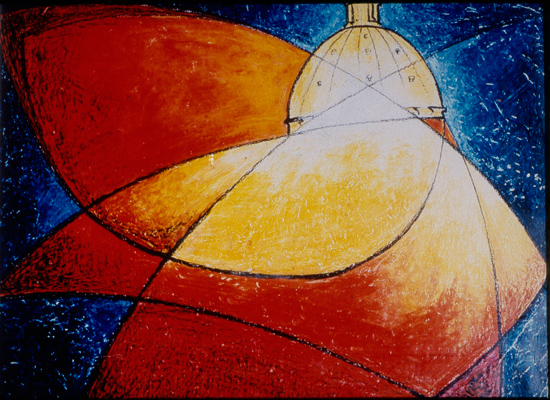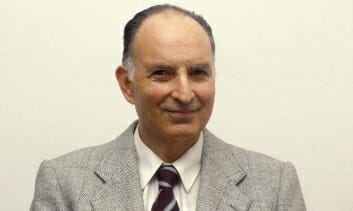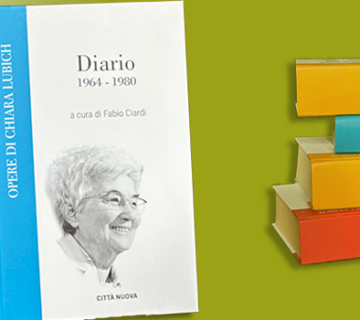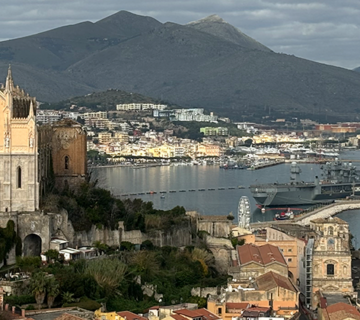
“At the last supper Jesus uttered his wonderful testament praying: ‘that all be one.’ That certainly meant unity in the truth, unity in love. But what did Jesus mean exactly when he uttered those words? With twenty centuries behind us, it is now clearer to the Church (…) The approach of seeing Christian revelation and the Christian faith mostly and almost exclusively as truth has gone into a bit of crisis, precisely because the people hearing this truth no longer accept it as they once did.
So, what is needed? Charity.
Charity can be understood as charitable works, a life of charity that goes back a bit to orthopraxy, to liberation theology, social reform or the works of mercy; but we find that not even any of this creates unity, but often division.
There is another understanding of charity as a spiritual reality of the souls of good will who, under the inspiration of God’s grace, love one another and are united (. . .) Yet even charity, in itself, as something human that becomes divine through the work of God’s grace, is not sufficient for creating unity.
What creates unity is the Holy Spirit!
What gives life to the mind, taking in the entire patrimony of the Catholic Church, taking to heart the entire patrimony of the Orthodox Church and the life of charity, is the Holy Spirit who renews the face of the earth. It is the Holy Spirit that makes the unity of the Church.
We see that it has to be the Holy Spirit to renew the Church still today. We see it concretely through the charism given to our own Movement that renews the Church along with the charisms that have been given to other movements.
What is a charism? A charism is the action of the Holy Spirit received by one or more people. We don’t have the charism of being apostles; we have the charism of bringing unity. But this charism is valid inasmuch as it is the Holy Spirit himself who creates the unity.” (1980)
Source: Pasquale Foresi – Luce che si incarna (Rome: Città Nuova, 2014) p. 211-213.


 Italiano
Italiano Español
Español Français
Français Português
Português




SUPER !
MERCI
This is beautiful, so true , such wisdom, Thank you, Don Foresi !